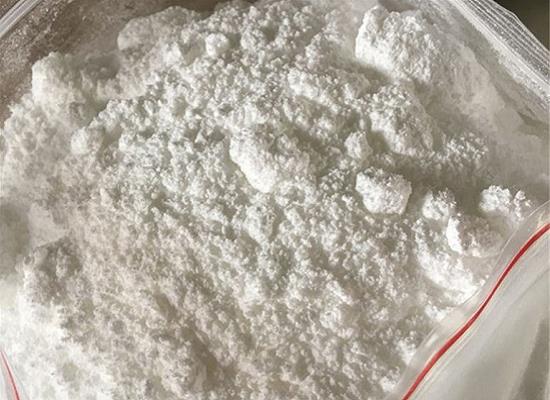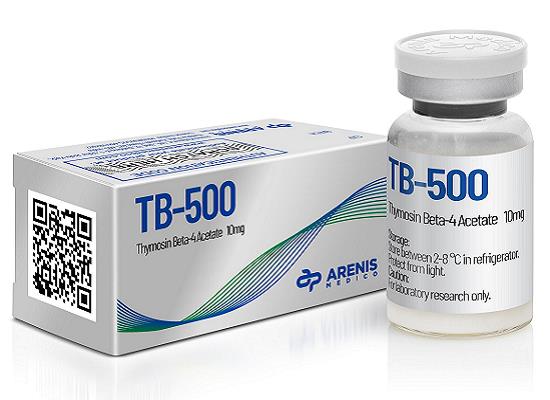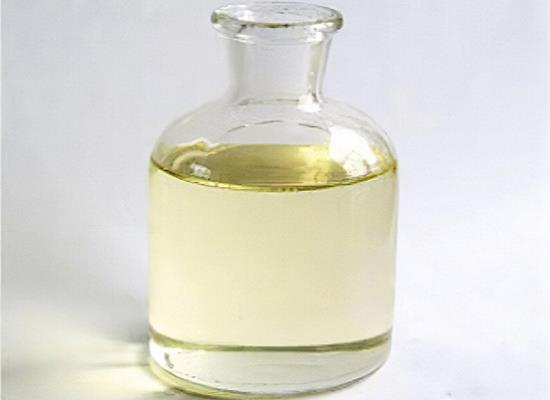Active Pharmaceutical Ingredients (API), popularly speaking, are the raw materials of medicines, only pharmaceutical raw materials are processed into pharmaceutical preparations , can they become medicines available for clinical use, so drugs we usually eat are the finished drugs through processing. Active Pharmaceutical Ingredients based on its sources can be divided into two major categories ,including chemical synthetic drugs and natural chemical drugs. Chemical synthetic drugs can be divided into organic synthetic drugs and inorganic synthetic drugs. Inorganic synthetic drugs are inorganic compounds ( very few is element), such as aluminum hydroxide, magnesium trisilicate which are used for the treatment of gastric and duodenal ulcers ; organic synthetic drugs are mainly composed of drugs made by basic organic chemical raw materials, through a series of organic chemical reactions (such as aspirin, chloramphenicol, caffeine, etc.). Natural chemical drugs ,based on its sources,can be divided into two categories including biochemical drugs and plant chemical drugs. Antibiotics are generally made by the microbial fermentation, which belongs to the biochemistry category. A variety of semi-synthetic antibiotics occurs in recent years,which are biosynthesis and chemical synthesis combining products.Among active Pharmaceutical Ingredients, the organic synthetic drugs varieties, yields and values have the largest proportion,which are the main pillars of the chemical and pharmaceutical industries. The quality of active Pharmaceutical Ingredients decides whether the formulation is good or bad , so its quality standards are very strict ,countries in the world have developed national pharmacopoeia standards and strict quality control methods for its widely used active Pharmaceutical ingredients.
A useful anti-inflammatory agent: Mesalazine
Mesalazine is an anti-inflammatory agent, structurally related to salicylates, which is active in inflammatory bowel disease.
Nov 7,2023 APIThe applications and side effects of Entecavir
Entecavir is an analog of 2′-deoxyguanosine. This compound is approved for the treatment of hepatitis B infection with compensated or decompensated liver disease in adults.
Nov 6,2023 APIStanolone: biochemistry, physiology, and clinical implications
Stanolone, synthesized via SRD5A, has diverse clinical applications in hormone-related disorders and cancer treatment.
Nov 6,2023 APINADP, Disodium Salt: physiological role, activities and applications
NADP, Disodium Salt is a vital coenzyme in cellular metabolism, redox reactions, and gene expression regulation with promising therapeutic potential.
Nov 6,2023 APIN-Glycyl-L-tyrosine: activities and clinical applications
N-Glycyl-L-tyrosine demonstrates potent antioxidant and anti-inflammatory properties, making it a promising therapeutic agent with clinical applications.
Nov 3,2023 APIThymosin beta 4 acetate: mechanism of action and activities
Thymosin beta 4 acetate promotes tissue repair, angiogenesis, and has anti-inflammatory and antimicrobial properties.
Nov 3,2023 API(S)-(+)-α,α-Diphenyl-2-pyrrolidinemethanol: properties, synthesis and safety
(S)-(+)-α,α-Diphenyl-2-pyrrolidinemethanol is a versatile and important compound with pharmaceutical and industrial applications.
Nov 3,2023 APIPoly(sodium-p-styrenesulfonate): applications and safety
Poly(sodium-p-styrenesulfonate) has various applications, but proper handling is crucial for safety.
Nov 3,2023 API2,5-Bis(5-tert-butyl-2-benzoxazolyl)thiophene: properties, applications and safety
2,5-Bis(5-tert-butyl-2-benzoxazolyl)thiophene is a valuable fluorescent whitening agent with strong UV fluorescence and wide applications in various industries.
Nov 3,2023 APIThe benefits and uses of Ectoine
Ectoine as a highly water-keeping compound stabilizing biomolecules and whole cells can be used in scientific work, cosmetics, and medicine.
Nov 3,2023 API












